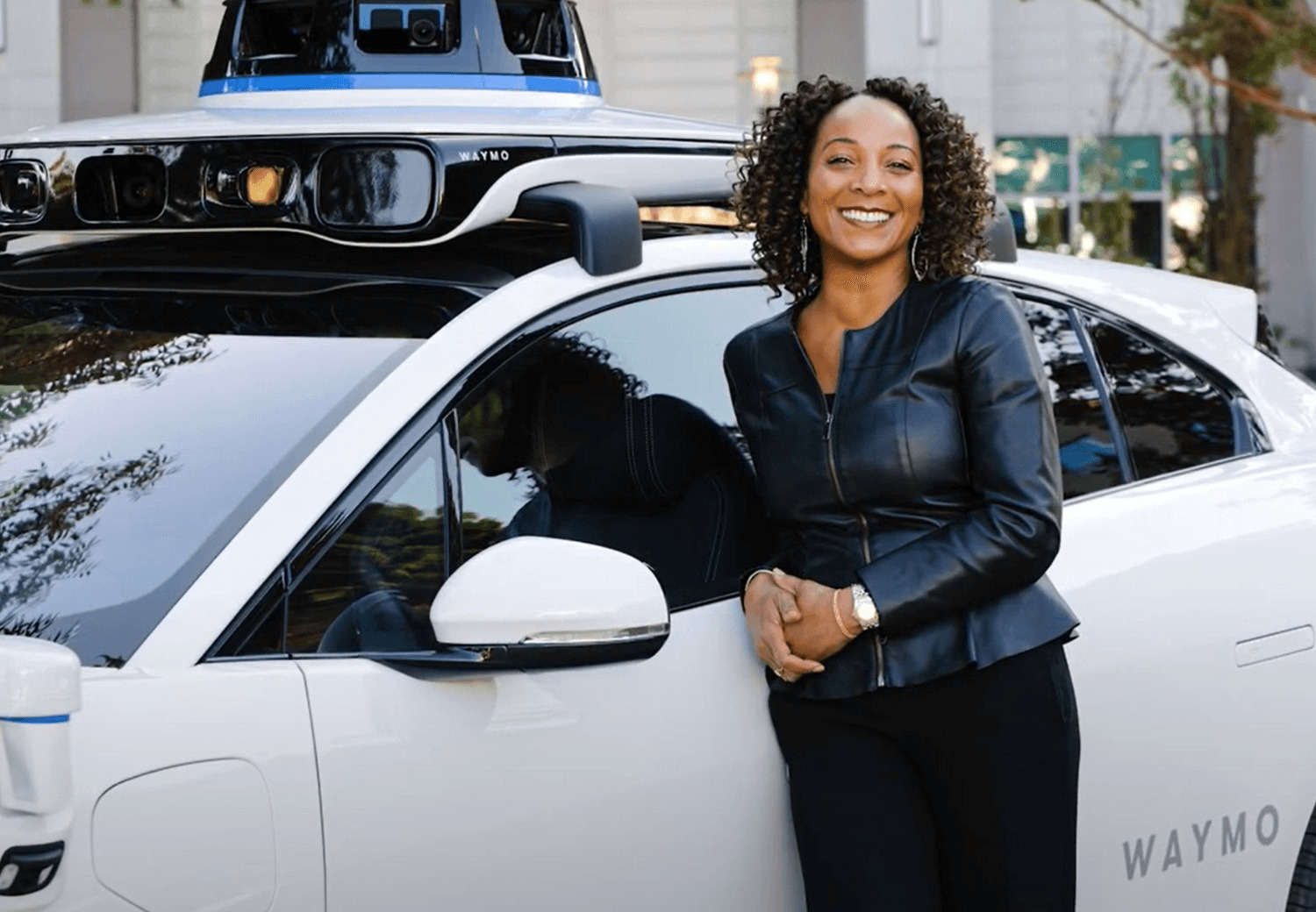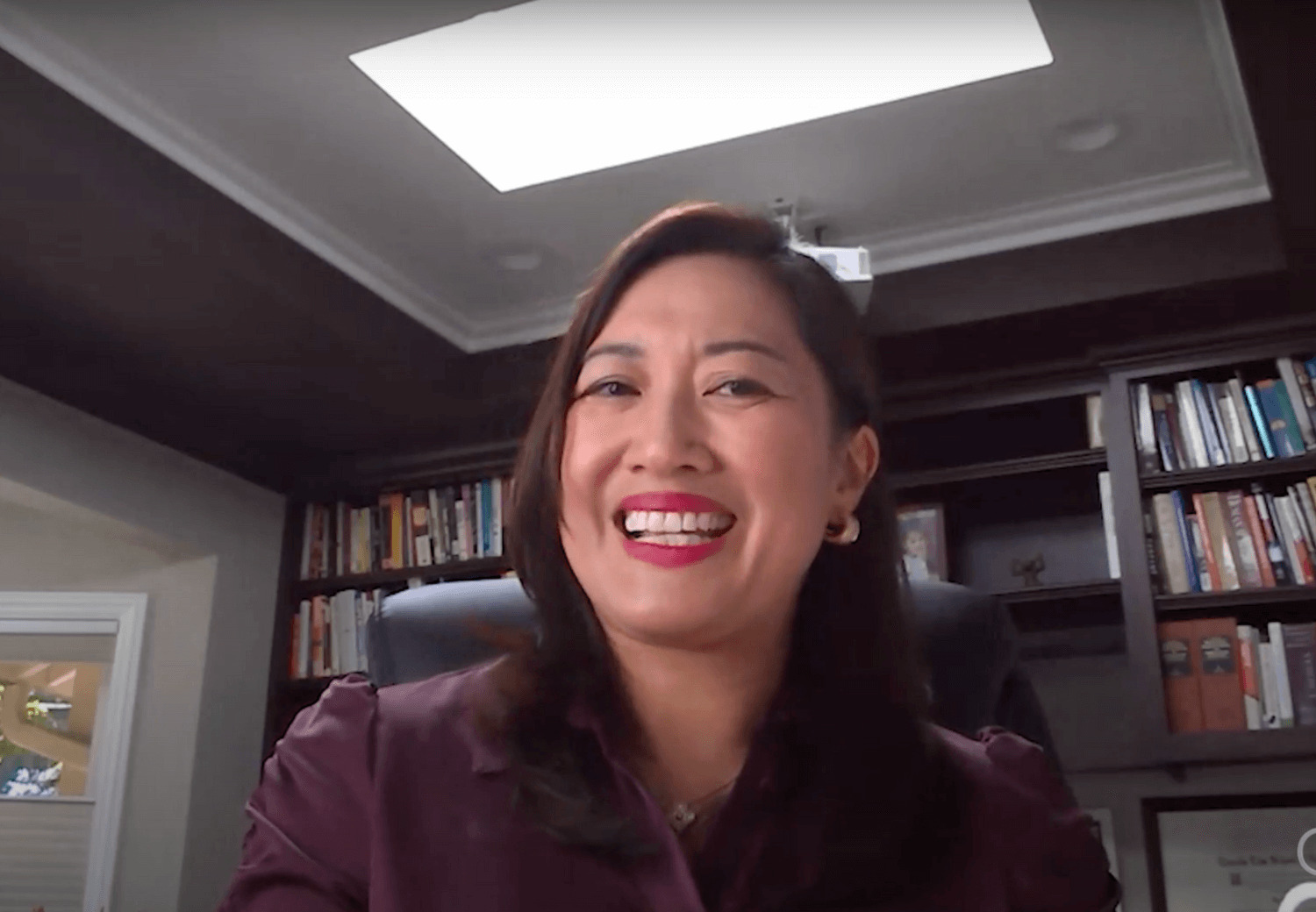I think, having COVID hit when it did, taking down our fleet, temporarily suspending our service, which is a publicly available service in the Phoenix metro area, and then deciding we’re going to launch the service the way it was designed.
In COVID, no one wanted to get in a car with a stranger. And so that’s not our business, our business is not to launch cars with a human behind the wheel. And so in October, two years ago, we said, this is the moment, let’s launch the service we’re all here to launch. And that required a lot of teams to pivot because if we didn’t know we would be doing this in the context of: one, people were at home; two, our cars had all gone back to the depo, and so we’re sending the cars out into the world, we’re powering up the app, we’re getting customers back in the cars. And we knew it was going to be a learning journey. And we knew we had to do it all, of course, safely.
We also knew that this was our moment. If we can be ready and nimble, then as we proceed, as the technology advances, nothing was going to be harder than that moment, and we weren’t even in the same room. So, like the notion of the War Room, we weren’t in the same room.
You know, I felt very proud of the company and the leaders and the decisions that needed to be made, and the execution and the fact that it’s been 24/7 service available. I’ve gotten to go to Phoenix and meet with some of the riders who’ve been, you know, they’ve incorporated it into their lives now. And I just think if we stuck to our plan, we wouldn’t have necessarily sprung into action the way that we did.




